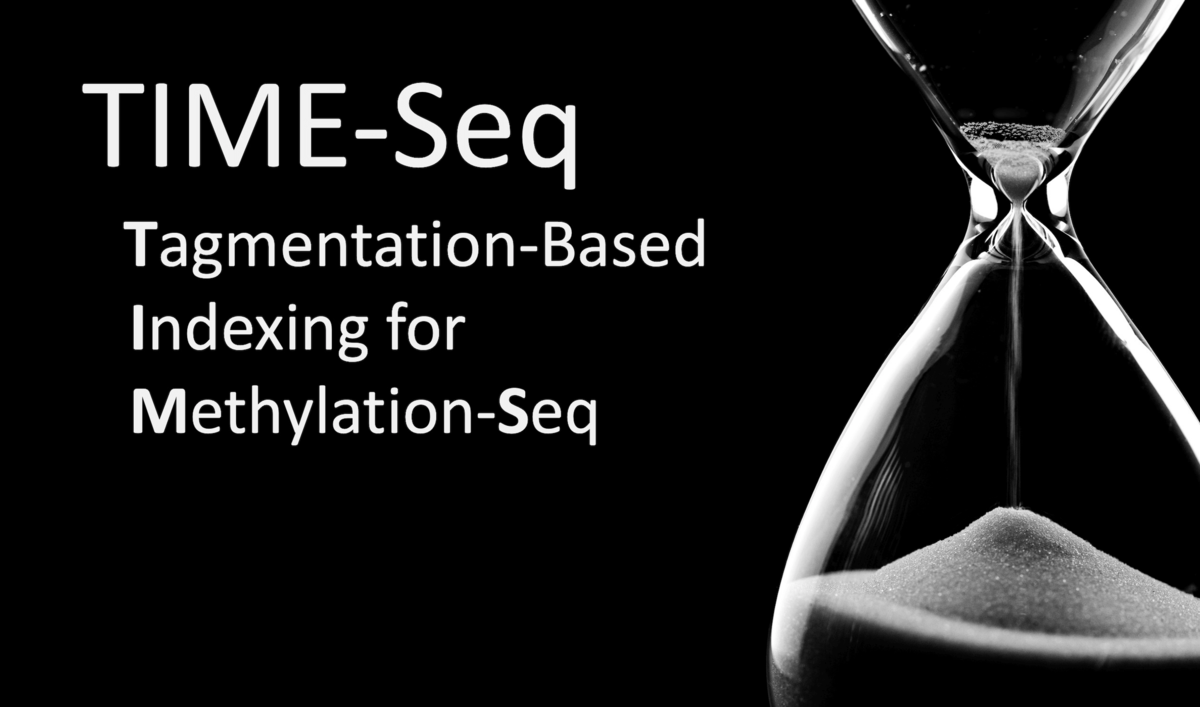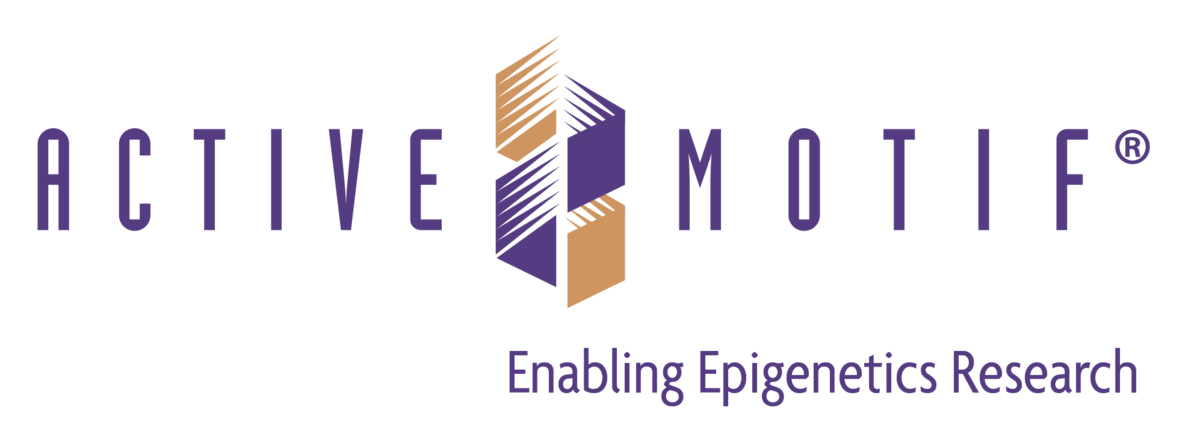
Introduction – The Problem of Epigenetic Clock Construction
The construction of DNA methylation-based epigenetic clocks has sought to solve the vexing challenge of quantifying biological aging and identifying those factors that can accelerate or decelerate this process (Horvath and Raj). While ongoing research has described the development of more accurate clocks or clocks adjusted according to health outcomes (Levine et al. and Lu et al.), we lacked research that focused on developing more efficient and cost-effective means of constructing epigenetic clocks, which may make them more widely applicable. Indeed, the conventional technologies employed to create epigenetic clocks represent labor- and resource-intensive undertakings that can cost hundreds of US dollars per sample.
Measuring a focused set of hundreds or thousands of age-correlated loci (instead of the entire genome) and minimizing any processing/labor costs could help make epigenetic clock construction more manageable. Now, in an “economic” step forward, researchers headed by David A. Sinclair (Harvard Medical School) report the development of “tagmentation-based indexing for methylation sequencing” or TIME-Seq as a straightforward, highly multiplexed, flexible, and scalable bisulfite sequencing approach for the low-cost construction of highly accurate DNA methylation-based epigenetic clocks!
Designing TIME-Seq to Ensuring Economy
Griffen and colleagues focused on minimizing reagent use and sequencing/labor costs while considering scalability when creating the TIME-Seq technique. To this end, applying short barcoded and sodium bisulfite-resistant Tn5 transposase adaptors (for optimal enrichment efficiency) to rapidly index sample DNA for a pooled library preparation streamlined the protocol and minimized costs. After tagmentation and pooling, an optimized in-solution hybridization enrichment step employed biotinylated RNA baits (cost-effectively designed from single-stranded oligonucleotide libraries) to support deep coverage with minimal sequencing costs. Illumina short-read sequencing followed bisulfite conversion of captured DNA and indexed PCR amplification of each pool, with sample reads demultiplexed based on pool and Tn5 adapter indexes.
Constructing a Proof-of-Concept Mouse Ribosomal DNA Methylation Clock with TIME-Seq
As a proof-of-concept, the team employed TIME-Seq to create a mouse ribosomal DNA methylation clock, given that the highly repetitive ribosomal DNA locus suffers from well-understood and aging-associated increases in DNA methylation (Kerepesi et al. and Wang and Lemos). They employed enrichment baits tiling the ribosomal RNA promoter/coding regions to analyze DNA methylation levels in ~200 mouse blood DNA samples at a cost of less than US$5 per sample. The high coverage for each sample at ribosomal DNA CpGs and the accurate DNA methylation quantification obtained allowed the team to create a 232 CpG TIME-Seq ribosomal clock, which provided highly accurate age predictions with a median absolute error of only around two months. Importantly, TIME-Seq provided enhanced coverage and age prediction compared to epigenetic clocks created with conventional means of assessing DNA methylation status.
TIME-Seq – Creating Cost-effective Multi-Tissue and Tissue-Specific Mouse DNA Methylation Clocks
The authors next switched their focus from ribosomal DNA to CpGs across the genome, which reflect diverse changes in aging hallmarks and their associated genes (Horvath and Raj). In this approach, they applied enrichment probes for nearly 1000 CpG islands present in gene regulatory elements with high levels of age correlation in previously reported mouse blood (Petkovich et al.) and multi-tissue clocks (Thompson et al. and Meer et al.) and analyzed over 10,000 DNA samples from mouse blood, liver, skin, kidney, and white adipose tissue at a cost of under US$6 per sample. The subsequently developed and validated TIME-Seq mouse multi-tissue clock accurately predicted age, with a median absolute error of around two months; furthermore, the authors also developed tissue-specific epigenetic clocks for mouse blood, liver, skin, white adipose tissue, and kidney that displayed high accuracy (between 0.95 and 1.98 months). The authors benchmarked TIME-Seq clocks against gold standard methods associated with epigenetic age prediction in forty-eight independent mouse blood samples; overall, TIME-Seq DNA methylation levels highly correlated with results from conventional methods, with TIME-Seq blood and multi-tissue clock providing accurate epigenetic age predictions in this separate cohort (which provided independent validation). TIME-Seq became increasingly economical at scale, costing under US$2 per sample for 12,500 samples; overall, the authors report that TIME-Seq may cost between 50- to 100-fold less than the current methodologies employed to construct epigenetic clocks.
TIME-Seq – Creating Cost-effective Multi-Tissue and Tissue-Specific Mouse DNA Methylation Clocks
The authors next switched their focus from ribosomal DNA to CpGs across the genome, which reflect diverse changes in aging hallmarks and their associated genes (Horvath and Raj). In this approach, they applied enrichment probes for nearly 1000 CpG islands present in gene regulatory elements with high levels of age correlation in previously reported mouse blood (Petkovich et al.) and multi-tissue clocks (Thompson et al. and Meer et al.) and analyzed over 10,000 DNA samples from mouse blood, liver, skin, kidney, and white adipose tissue at a cost of under US$6 per sample. The subsequently developed and validated TIME-Seq mouse multi-tissue clock accurately predicted age, with a median absolute error of around two months; furthermore, the authors also developed tissue-specific epigenetic clocks for mouse blood, liver, skin, white adipose tissue, and kidney that displayed high accuracy (between 0.95 and 1.98 months). The authors benchmarked TIME-Seq clocks against gold standard methods associated with epigenetic age prediction in forty-eight independent mouse blood samples; overall, TIME-Seq DNA methylation levels highly correlated with results from conventional methods, with TIME-Seq blood and multi-tissue clock providing accurate epigenetic age predictions in this separate cohort (which provided independent validation). TIME-Seq became increasingly economical at scale, costing under US$2 per sample for 12,500 samples; overall, the authors report that TIME-Seq may cost between 50- to 100-fold less than the current methodologies employed to construct epigenetic clocks.
TIME-Seq Clocks Reflect the Effect of Aging Interventions
TIME-Seq clocks may appear accurate and cost-effective, but can they detect differences in aging after specific interventions!? To explore this question, the team applied their TIME-Seq clocks to treatments associated with age deceleration/acceleration or rejuvenation. TIME-Seq blood and liver clocks predicted mice receiving a calorific/methionine restriction to decelerate aging (Lee et al.) to be younger than controls; meanwhile, TIME-Seq liver and multi-tissue clocks predicted mice receiving a high-fat diet-fed to accelerate aging (Baur et al.) to be older than controls. They also evaluated the ability of TIME-Seq clocks to measure epigenetic reprogramming-mediated “cellular rejuvenation” in vivo. The TIME-Seq multi-tissue clock predicted mouse livers epigenetically rejuvenated by the forced expression of Oct-4, Sox-2, and Klf-4 from an adeno-associated virus for one month (Ocampo et al. and Lu et al.) to be significantly younger than controls.
From Mouse to Human – TIME-Seq Fosters the Cost-Effective Creation of an Accurate Human Blood Clock
While mouse TIME-Seq clocks are of massive importance, we also require cost-effective and highly accurate epigenetic clocks for application to large-scale human studies. To this end, the team collected over 1000 blood DNA samples from human donors ages 18 to 103, applied enrichment probes for age-correlated loci from eleven previously described epigenetic clocks (Liu et al.), and analyzed DNA methylation status at ~10,000 CpGs at a cost of ~US$6 per sample. The subsequently developed TIME-Seq human blood clock provided accurate predictions with a median absolute error of around three years (which compares well to other human epigenetic clocks; Horvath, 2013 and Hannum et al.). Benchmarking TIME-Seq-based age predictions against conventional techniques in other human samples revealed that the TIME-Seq human blood clock provided the lowest median error of the age prediction methods assessed (under four years).
TIME-Seq – The Future of Epigenetic Clock Construction?
Epigenetic clocks can take over a week to construct using a complex workflow at an estimated cost of US$30–50 per sample; however, TIME-Seq promises to decrease costs by up to two orders of magnitude and supports the processing of ~800 samples in less than two days without automation by a single trained technician. These numbers suggest that TIME-Seq may represent the future of epigenetic clock construction; however, the team notes that additional automation could support the low-cost analysis of thousands of samples from vast cohorts and enable more efficient epigenetic age measurement in larger-scale human and animal studies that aim to identify those factors that influence biological aging.
For more on how TIME-Seq represents a straightforward and cost-effective means to construct highly accurate epigenetic clocks, see Nature Aging, January 2024.
Supplier

Active Motif
Active Motif offers all you need for researching epigenetics and gene regulation: from sonification devices to ChIP-Seq, CUT&Tag kits as well as validated antibodies.
